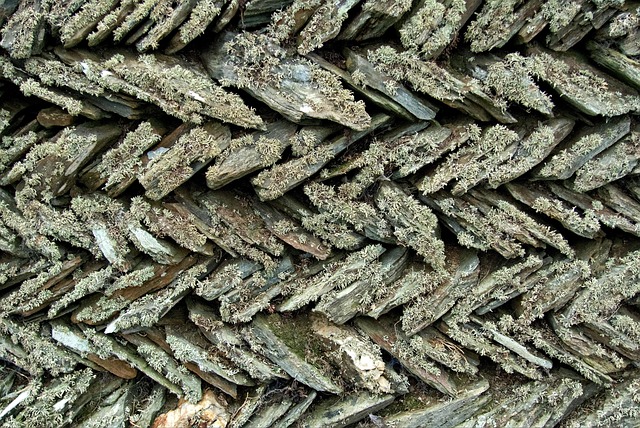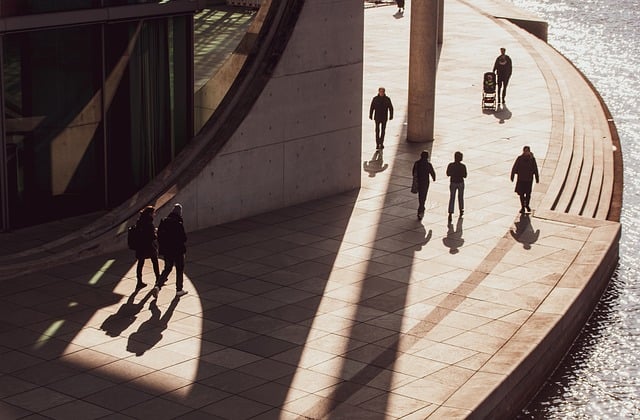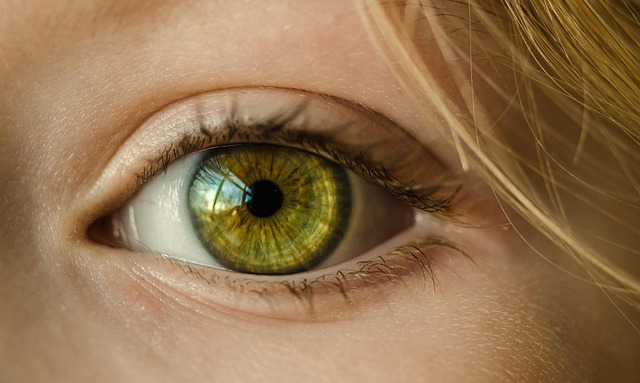In contemporary painting, the notion of a boundary layer—traditionally a concept from fluid mechanics—has been repurposed to describe the critical interface between surface and pigment, brushstroke and canvas, idea and perception. This metaphor invites artists to treat the immediate vicinity of the painted surface as a dynamic, responsive zone where color, texture, and light interact. By consciously manipulating the boundary layer, painters can create depth, movement, and subtlety that transcend flat representation and evoke the invisible forces shaping visual experience.
Revisiting the Boundary Layer: From Science to Aesthetics
Originally coined to explain how a fluid behaves as it encounters a solid surface, the boundary layer captures the gradual shift from one state to another. In art, the same principle applies when a pigment layer transitions from the medium’s base to the observer’s eye. Artists such as Gerhard Richter and Mark Bradford have implicitly engaged with this concept by layering washes, glazes, and impasto in a way that creates a perceptual gradient. The boundary layer becomes a canvas within a canvas, offering a space for experimentation and narrative.
- Transition of tone from light to dark across a single stroke.
- Interaction of wet and dry media within the same area.
- Subtle shifts in hue caused by glazing over translucent layers.
Technical Foundations of the Boundary Layer in Painting
Understanding the physical properties of paint is essential for mastering boundary layers. Pigment particle size, binder viscosity, and drying time dictate how a layer behaves when applied over another. A thin glaze, for example, behaves like a fluid moving over a substrate, creating a micro‑boundary that refracts light differently than a thick impasto. By controlling these variables, artists can sculpt invisible zones that either blur or sharpen edges, alter color saturation, or generate optical movement.
“The boundary layer is the canvas’s breath—where the pigment exhales its color, shaping perception.” – Anonymous Artist
Practical Techniques for Manipulating the Boundary Layer
Artists have developed a repertoire of methods to engage the boundary layer actively. These techniques can be grouped into three main categories: layering, texturing, and dynamic application.
Layering Strategies
Layering is the most direct way to create and control boundary layers. By applying a base of translucent glaze, painters establish a subtle hue that will influence all subsequent layers. The next layer, perhaps a thicker impasto, sits atop this base, forming a new boundary where the pigments meet. Adjusting the thickness and pigment concentration in each layer modifies the strength and clarity of this interface.
- Begin with a thin, translucent wash to set the tonal foundation.
- Apply a semi‑opaque layer, allowing the underlying wash to peek through.
- Finish with a high‑contrast, opaque layer that defines the main subject.
Texturing as Boundary Layer Modulation
Texture adds a tactile dimension to the boundary layer. Rough, impasto strokes create a physical edge that can reflect light differently than a smooth surface. Conversely, a satin finish can blur edges, making the boundary less perceptible. Artists can manipulate brush or palette knife techniques to produce either a sharp, defined boundary or a soft, gradient transition.
Dynamic Application Techniques
Dynamic application involves the intentional use of movement and pressure during painting. When a brush is pulled quickly across wet paint, it leaves a thin, almost invisible boundary that glides into the next stroke. This method, often seen in abstract expressionism, allows the boundary layer to carry the energy of the gesture, creating an organic flow that feels both spontaneous and intentional.
Case Studies: Boundary Layer in Contemporary Works
Examining specific artworks illuminates how boundary layers can redefine perception. In a recent series by artist Lorna Smith, the artist uses a gradated glaze to shift color across a single, wide brushstroke. The subtle boundary where the glaze meets the dry acrylic forms a horizon line that appears to bend, inviting viewers to question depth. Another example comes from kinetic painter Thomas Reyes, whose layered metallic inks create a shimmering boundary that changes as the light moves, making the painting feel alive.
Impact on Viewer Perception
The boundary layer’s manipulation can influence how a viewer’s eye travels across a canvas. A well‑placed gradient can guide the gaze, while a sharp boundary can arrest attention. This dynamic relationship underscores the power of boundary layers to direct narrative flow without overt composition. By subtly altering the interface between pigment layers, artists can craft a visual rhythm that echoes musical phrasing or literary pacing.
Future Directions in Boundary Layer Exploration
Technological advances are opening new avenues for boundary layer experimentation. Digital media and mixed‑media installations now allow artists to layer interactive light and paint, creating boundaries that shift in response to viewer movement. Moreover, the study of pigment chemistry continues to refine our understanding of how colors behave over time, offering fresh insights into how boundary layers evolve from initial application to long‑term aging.
Interdisciplinary Collaborations
Collaborations between artists, materials scientists, and physicists are emerging as a fertile ground for boundary layer innovation. By combining expertise in polymer chemistry with visual artistry, teams can develop new paint formulations that yield unique boundary phenomena, such as reversible color shifts or self‑leveling surfaces. These experiments promise to expand the language of contemporary painting beyond traditional techniques.
Conclusion: The Boundary Layer as a Bridge Between Medium and Meaning
The boundary layer is more than a technical consideration; it is a conceptual bridge that connects the tangible medium to intangible meaning. By mastering the invisible interfaces where paint meets canvas, contemporary painters can craft works that resonate with subtlety and complexity. As artists continue to explore and innovate within this space, the boundary layer will remain a cornerstone of evolving visual expression, inviting us all to look closer at the fine line where art truly breathes.



